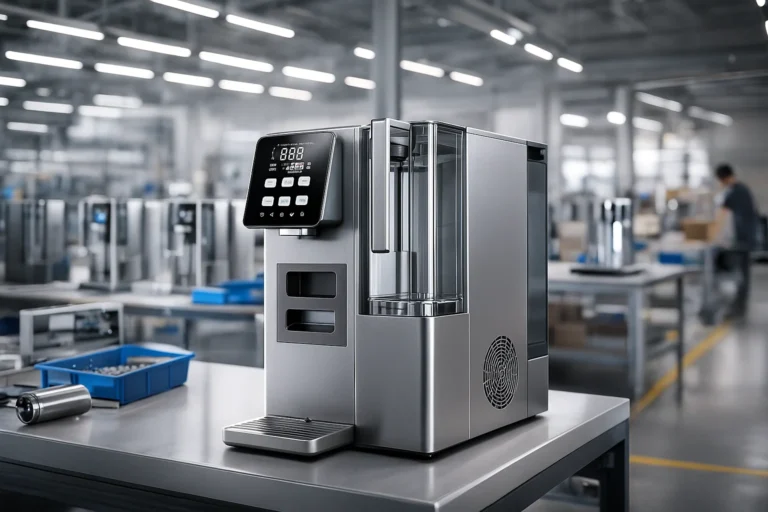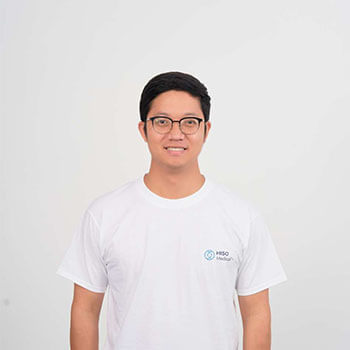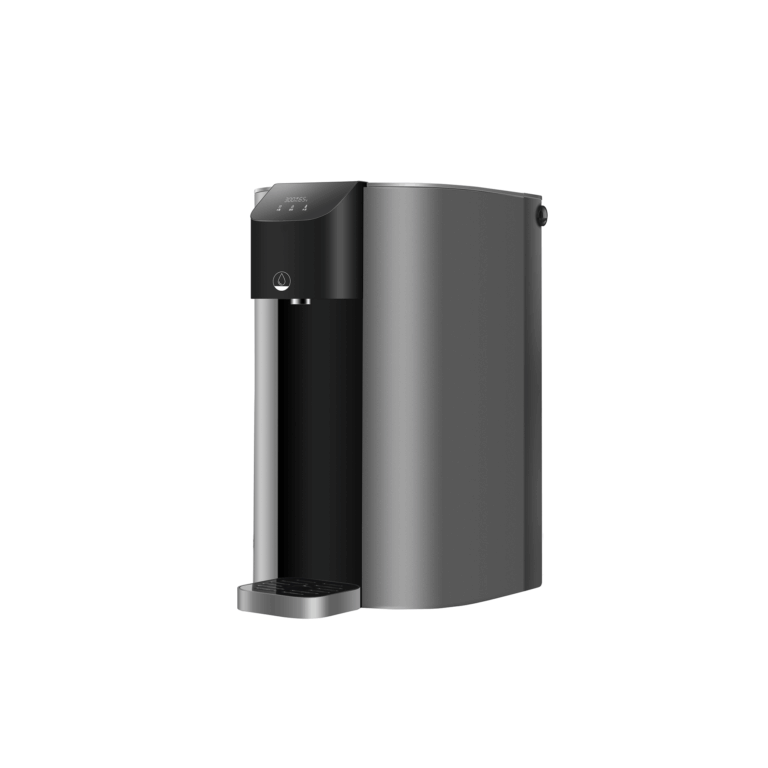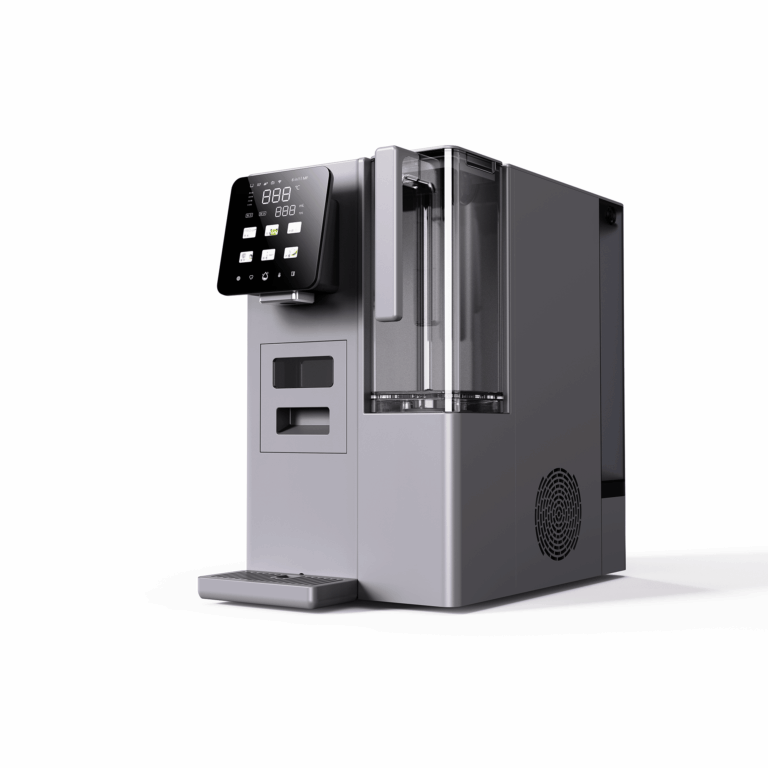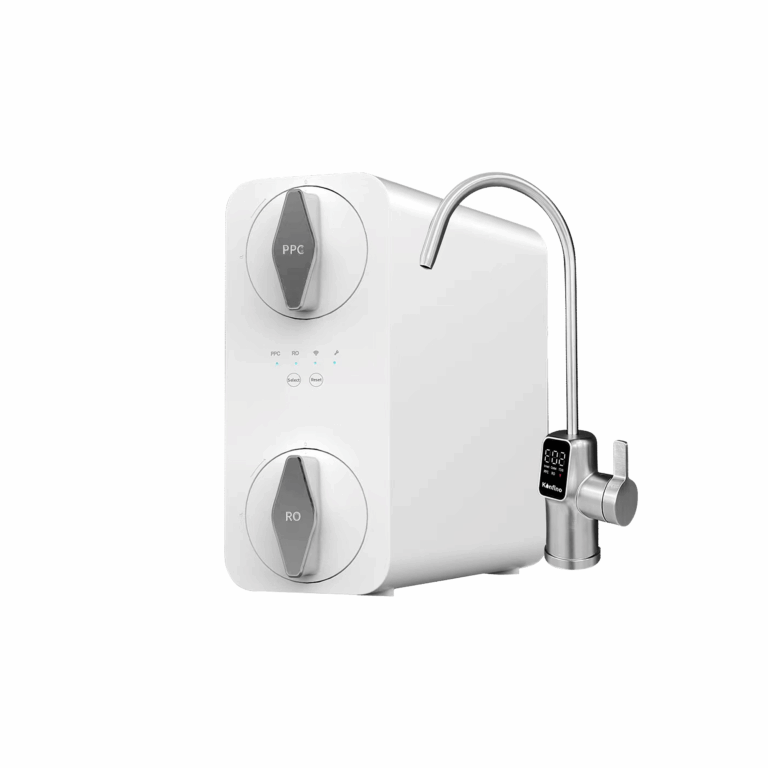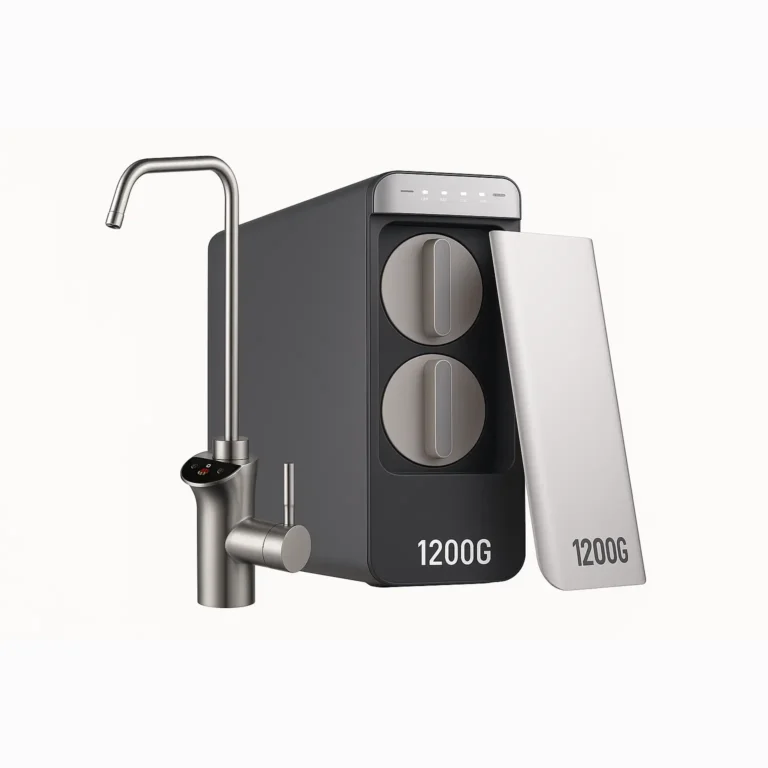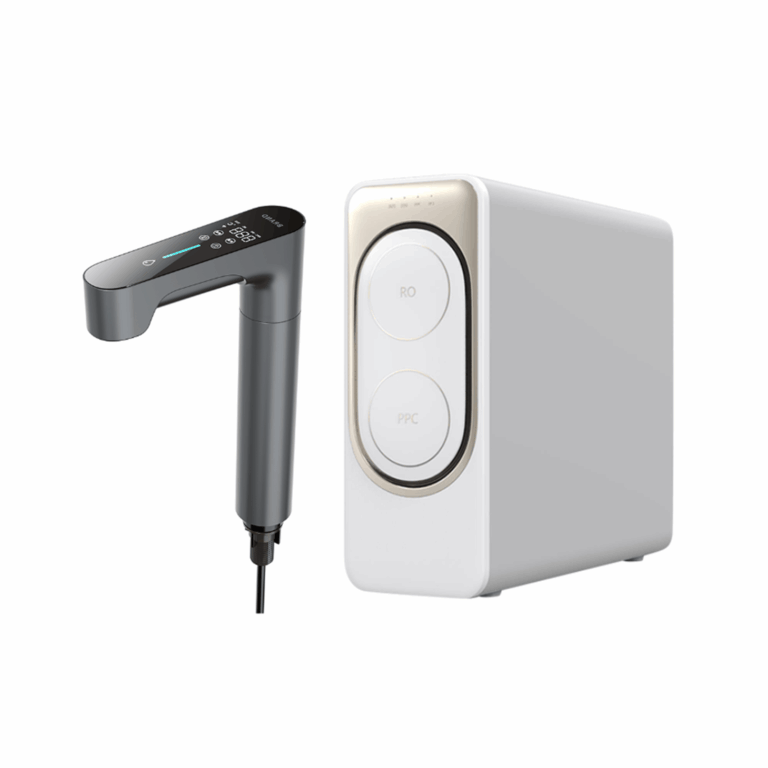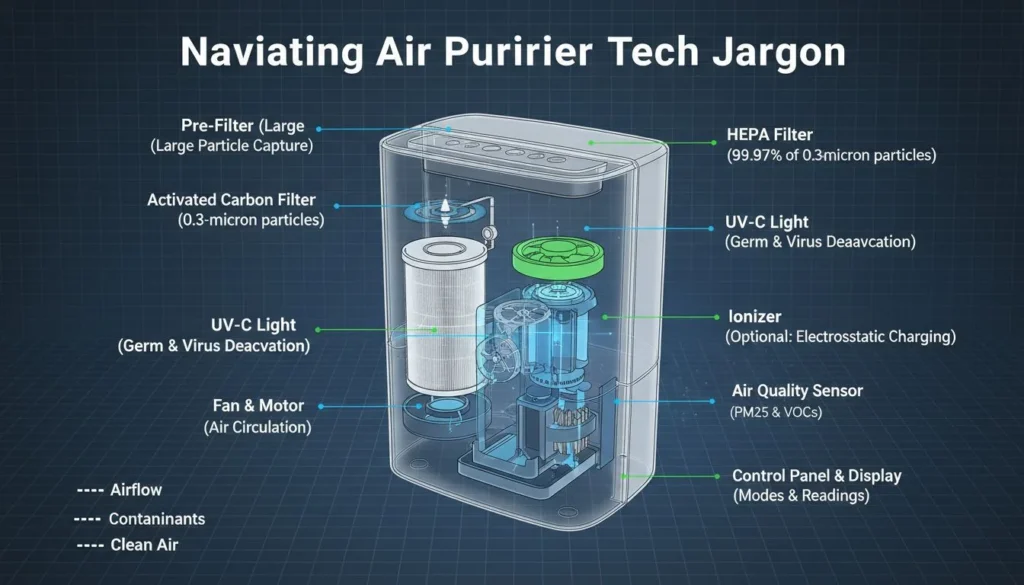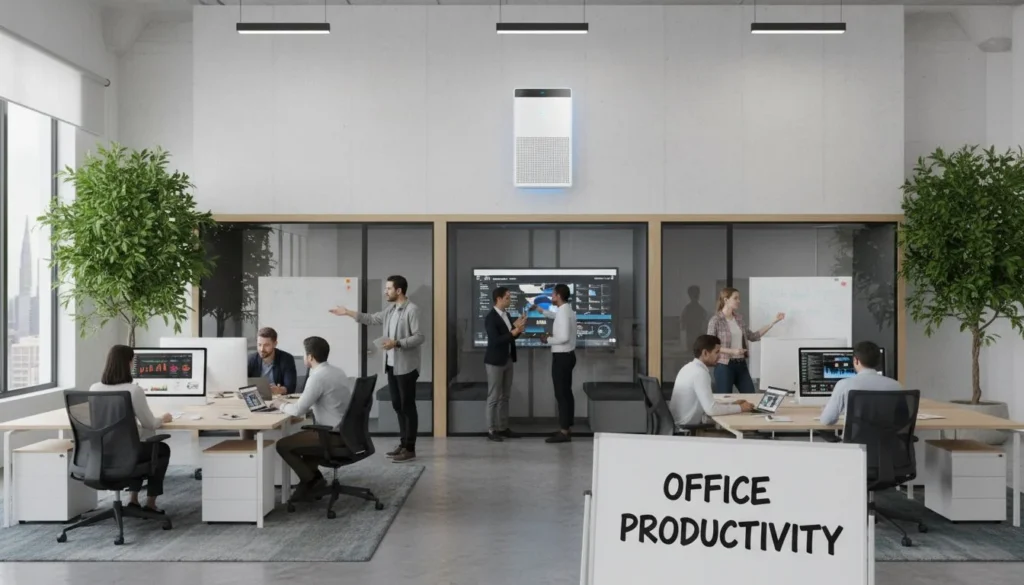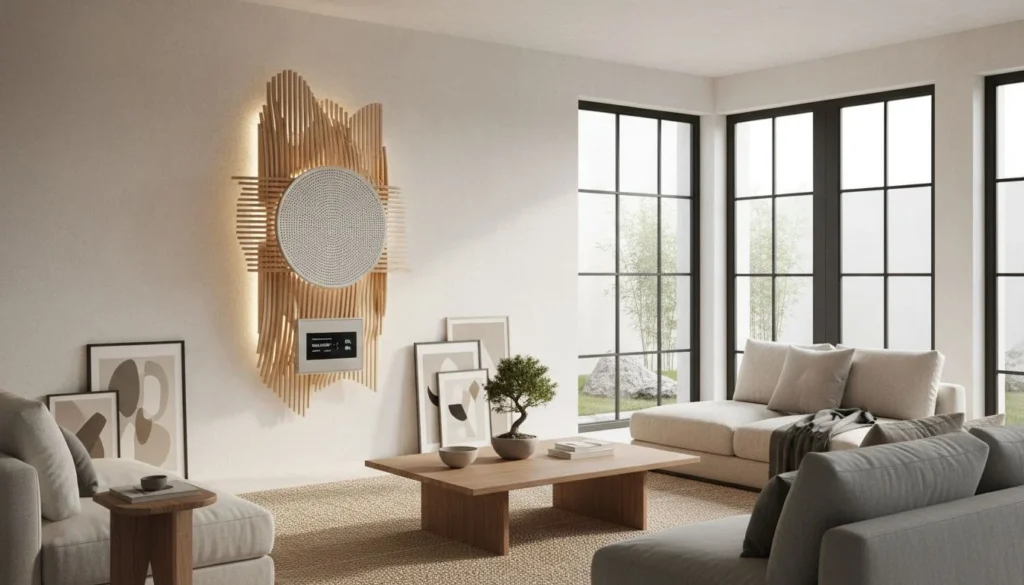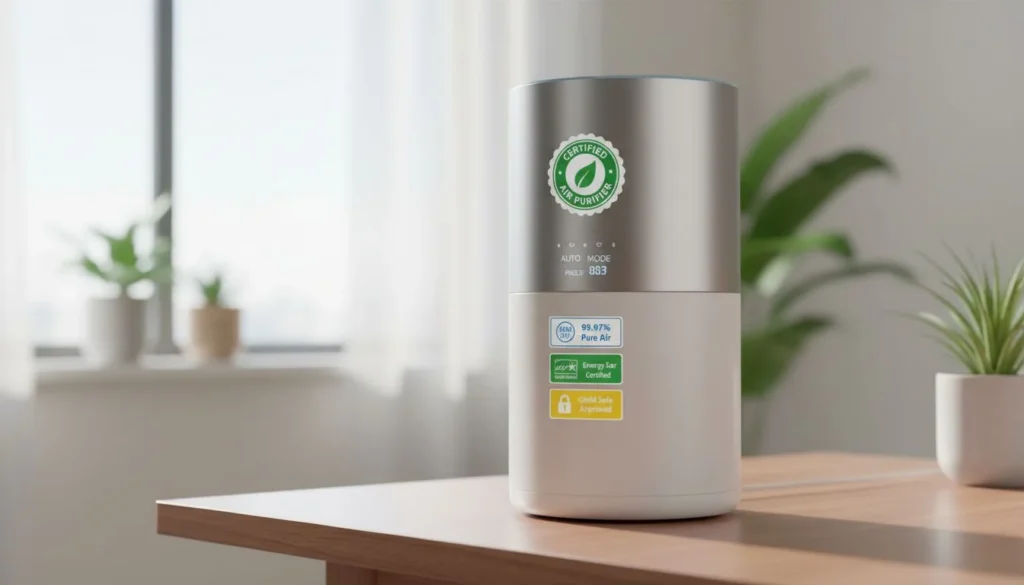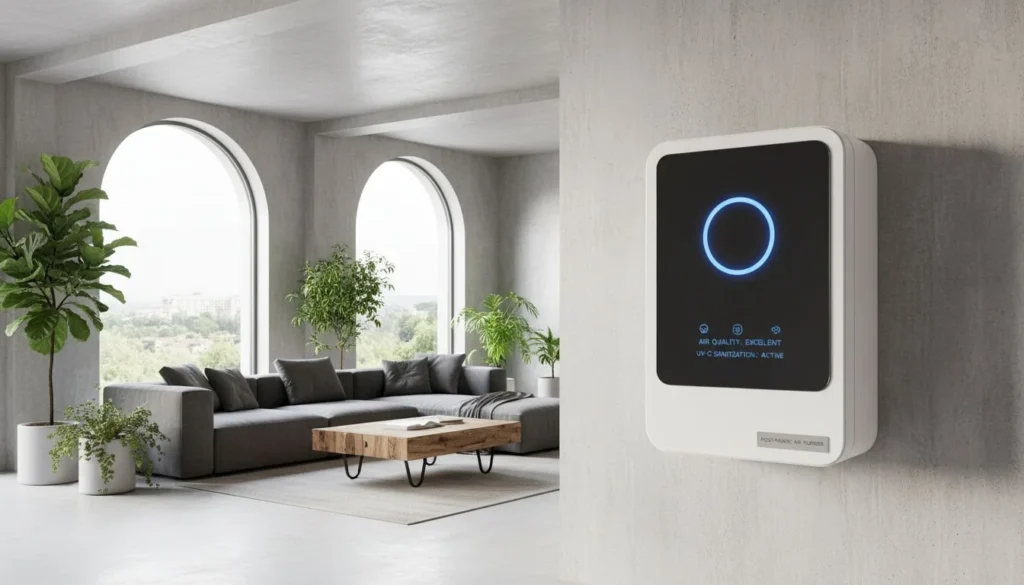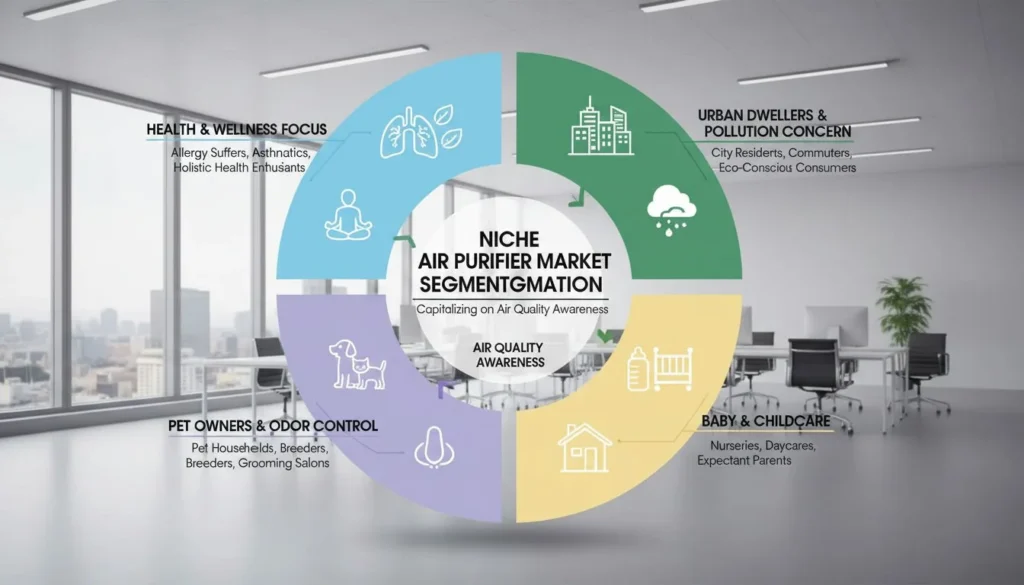Struggling to find a reliable water purifier manufacturer? The Japanese market is known for quality, but choosing the right partner can be overwhelming and confusing.
The top water purifier manufacturers in Japan include household names like Panasonic, Mitsubishi Chemical Cleansui, Toshiba, Hitachi, and Sharp. These companies are known for their передовая технология1, reliability, and strong presence in both consumer and industrial markets, setting a high standard for water purification globally.
I've spent years in the water and air purification industry. I've seen firsthand how Japanese engineering2 sets the bar for excellence. These companies didn't just build products; they built a reputation for trust that spans decades. But what makes them stand out, and how do you choose the right one for your business needs? It's about looking past the brand name and understanding the core technology and business model. Let's explore what makes the Japanese market a global leader and help you find the perfect fit.
Japan has some of the safest tap water in the world.Правда
Japan's water quality is strictly regulated by the Waterworks Law, which sets 51 quality standards. This high-quality tap water is a key reason why point-of-use purifiers are so popular for enhancing taste and removing residual chlorine.
All Japanese water purifiers use reverse osmosis technology.Ложь
While reverse osmosis is a powerful technology, most Japanese household purifiers favor hollow fiber membrane and activated carbon filters. These are effective for removing impurities common in Japan's water supply without stripping essential minerals.
What Defines Japan’s Water Purifier Industry?
Are you wondering what makes Japanese water purifiers so special? It's a mix of cultural focus on health, strict quality standards, and a constant drive for innovation.
The Japanese water purifier industry is defined by its commitment to advanced filtration technologies like hollow fiber membranes3, high-grade activated carbon, and rigorous quality control. This results in products that are not only effective but also compact, user-friendly, and exceptionally reliable for B2B and D2C clients.
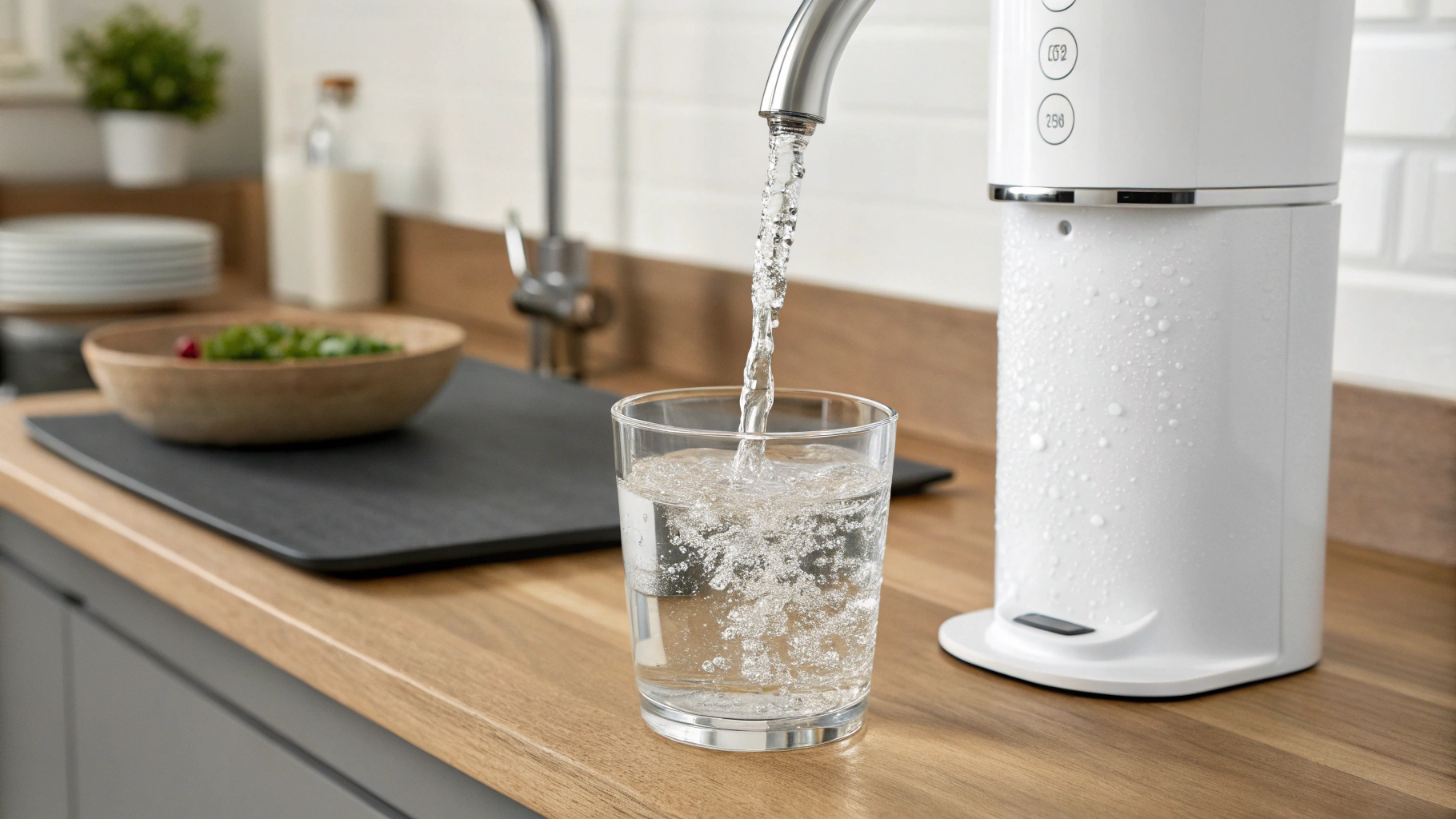
In my work, I've always admired the Japanese approach. They have a deep-seated cultural appreciation for purity and health. This isn't just a market trend; it's a part of their lifestyle. This translates directly into their product design. Manufacturers are not just selling a device; they are providing peace of mind. They focus on removing specific contaminants like residual chlorine, which affects taste, and other microscopic impurities, while often retaining beneficial minerals. This philosophy of precision and user-centric design is what I believe gives them a significant edge in the global market. It’s a standard we at HisoAir strive to meet in our own custom solutions4.
Core Principles of the Japanese Market
- Emphasis on Health and Purity: There is a strong cultural connection between clean water and overall well-being. This drives consumer demand for high-performance purifiers that improve not just safety but also the taste and smell of water.
- Technological Precision: Japanese companies are leaders in developing and refining filtration materials. They don't just use standard components; they engineer them for maximum efficiency and longevity in compact forms.
- Strict quality control5: Products undergo extensive testing to meet the standards set by organizations like the Japan Water Purifier Association (JWPA). This ensures performance claims are backed by real-world results.
The Japan Water Purifier Association (JWPA) sets voluntary standards for the industry.Правда
The JWPA provides a certification mark for products that meet its voluntary standards for performance and material safety, giving consumers and businesses an extra layer of confidence.
Japanese water purifiers are primarily designed for industrial use.Ложь
While industrial systems exist, the market is heavily dominated by compact, point-of-use purifiers for homes and offices, including faucet-mounted, countertop, and under-sink models.
What Key Technologies Are Shaping the Market?
Feeling lost in the technical jargon of water purification? You're not alone. The technology behind the performance can seem complex and hard to understand.
The market is shaped by three core technologies: hollow fiber membranes for removing microscopic particles, activated carbon6 for chlorine and odor, and innovative designs for user convenience. These technologies work together to deliver superior water quality in a compact and efficient package, meeting modern consumer demands.
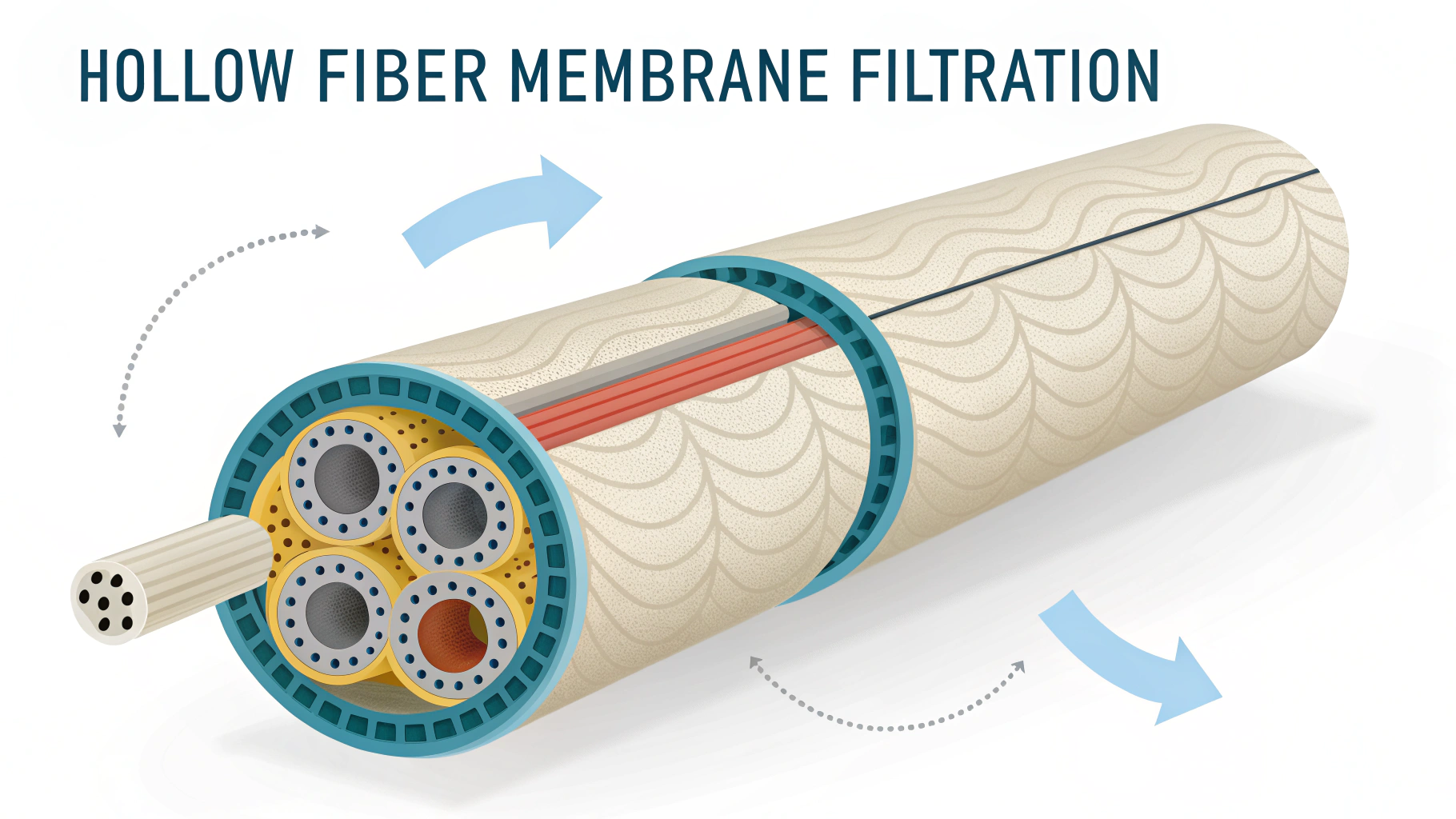
I've taken apart countless filters in my career, and the engineering inside Japanese models is always impressive. The hollow fiber membranes are a great example. Think of them as bundles of tiny straws with microscopic pores on their surfaces. Water is forced through, but bacteria, rust, and other particles larger than 0.1 microns are blocked. It’s a physical barrier that’s incredibly effective. Then you have the activated carbon, which isn't just any charcoal. It's often made from coconut shells and treated to have a massive surface area, perfect for adsorbing chemicals like chlorine. It’s this combination of physical and chemical filtration that makes their products so effective.
A Closer Look at Core Technologies
| Технология | Основная функция | Common Application |
|---|---|---|
| Hollow Fiber Membrane | Removes bacteria, rust, microplastics, and other particles down to 0.1 micron. | The main purification stage in most faucet-mounted and countertop units. |
| Активированный уголь | Adsorbs residual chlorine, unpleasant odors, and some organic compounds. Improves taste. | Almost always paired with a hollow fiber membrane for comprehensive filtration. |
| Ion Exchange | Softens water and can remove specific heavy metals like lead. | Less common in standard purifiers but found in more advanced or specialized models. |
This multi-stage approach ensures that the water is not just safe but also tastes great, which is a huge selling point for end-users.
Hollow fiber membranes can remove viruses from water.Ложь
Standard hollow fiber membranes in consumer purifiers typically have a pore size of 0.1 microns, which is effective against bacteria but generally too large to reliably filter out smaller viruses.
Activated carbon filters need to be replaced regularly.Правда
The surface of activated carbon becomes saturated with impurities over time, reducing its effectiveness. Regular replacement, as recommended by the manufacturer, is essential for maintaining water quality.
Who Are the Leading Manufacturers?
Trying to compare the big names in the Japanese market? It's tough to know which brand's strengths align with your specific business or consumer needs.
The leading consumer brands are Panasonic, Mitsubishi Chemical Cleansui, Toshiba, Hitachi, and Sharp. For specialized B2B needs, an OEM/ODM expert like HisoAir offers custom-engineered solutions that these larger brands don't. This gives you tailored products instead of off-the-shelf options.
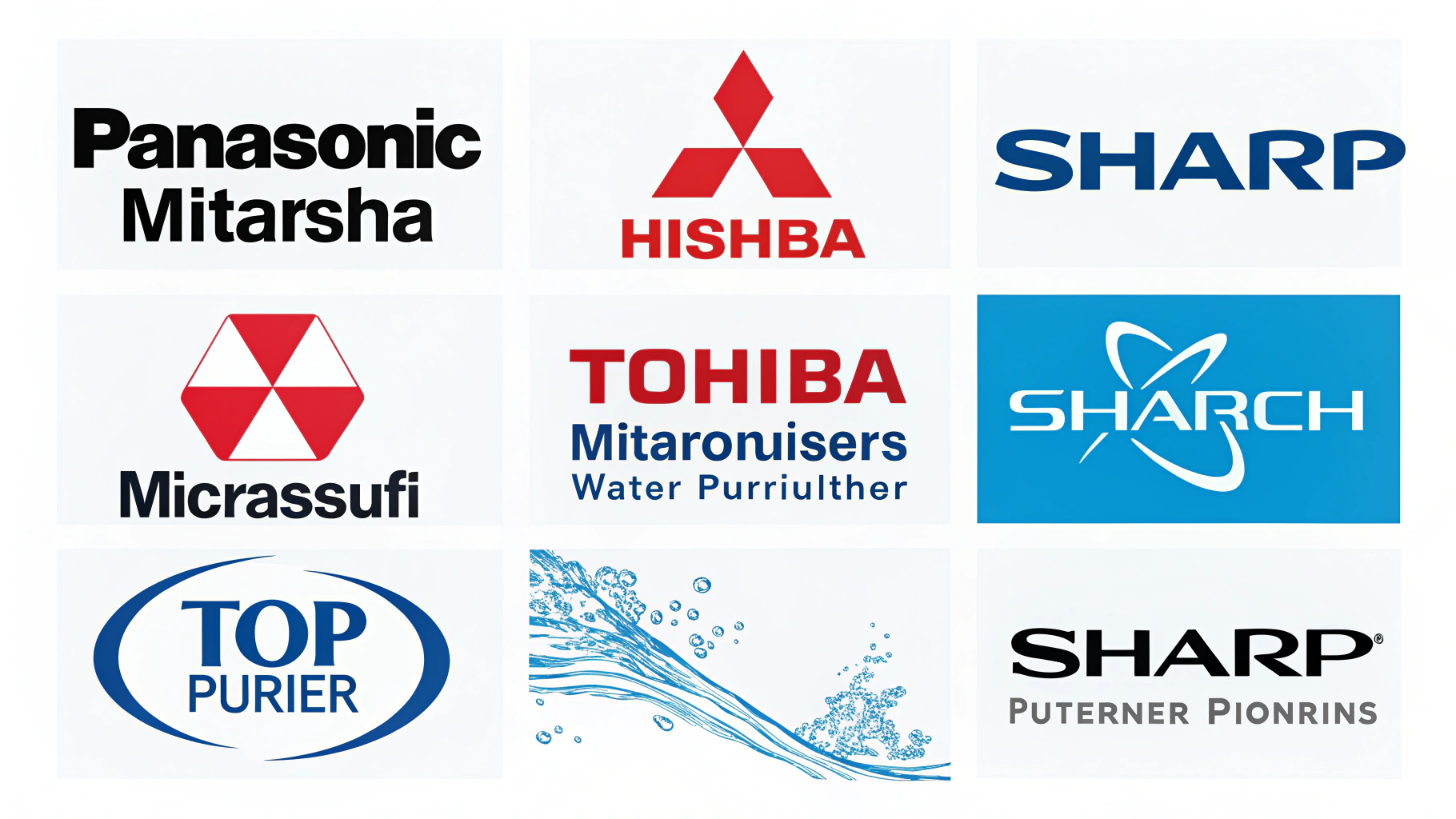
As someone who builds purification systems, I respect these giants. They have massive R&D budgets and incredible brand recognition. Panasonic and Sharp are masters of home appliances. Toshiba and Hitachi are powerhouses in engineering and infrastructure. Mitsubishi Chemical Cleansui is a specialist with a deep focus on filtration media. They are all fantastic choices for the consumer market. However, I've worked with many B2B clients who need something more. They need a specific feature, IoT integration7 for a smart home system, or a unique design to match their brand. That's where a dedicated OEM/ODM partner comes in. We at HisoAir focus exclusively on that. We don't compete for shelf space; we build the exact product our partners envision.
Company Profiles at a Glance
| Company | Key Strength | Целевой рынок | Noteworthy Feature |
|---|---|---|---|
| Panasonic | Strong brand trust, advanced alkaline ionizers. | High-end consumer. | Electrolysis technology for creating alkaline and acidic water. |
| Mitsubishi Chemical Cleansui | Specialist in hollow fiber membrane technology. | Broad consumer. | Super high-grade activated carbon and proprietary membrane tech. |
| Toshiba | Engineering excellence, reliable performance. | Mid-range consumer. | Focus on long-lasting filters and user-friendly design. |
| Hitachi | Reputation in infrastructure and industrial systems. | Consumer and commercial. | Robust build quality and reliable, no-frills performance. |
| Sharp | Household name, integration with other appliances. | Broad consumer. | Known for sleek designs that fit modern kitchens. |
| HisoAir (Specialist) | OEM/ODM Customization, IoT Integration. | B2B/D2C Partners. | Tailored product engineering for enterprise-grade solutions. |
Panasonic is the only company that makes alkaline water ionizers.Ложь
While Panasonic is a market leader in this segment, other companies in Japan and globally also manufacture and sell alkaline water ionizers.
HisoAir is a consumer brand like Panasonic or Sharp.Ложь
HisoAir is a specialized OEM/ODM provider. We don't sell under our own brand to consumers; we partner with businesses to design and manufacture custom water purification solutions for their brands.
What Are the Advantages for Global B2B Buyers?
As a B2B buyer, are you wondering why you should source from Japan? The benefits go far beyond just a "Made in Japan" sticker on the box.
Sourcing from Japan offers B2B buyers8 three key advantages: unmatched quality and reliability, access to cutting-edge innovation, and the high brand value associated with Japanese engineering. This translates into superior products, fewer defects, and stronger market appeal for your brand.

I speak with potential partners from all over the world. A common theme is their frustration with inconsistent quality from other manufacturing hubs. When you partner with a Japanese manufacturer, or a specialist like us who adheres to those same principles, you're buying certainty. The focus on "monozukuri"—the art and science of making things—is real. It means meticulous attention to detail, from the raw materials to the final assembly. For a B2B buyer, this means a lower total cost of ownership. You'll have fewer warranty claims, happier customers, and a stronger brand reputation. It's an investment in quality that pays for itself.
Key Benefits for Your Business
-
Superior Quality and Durability
- Japanese manufacturing is famous for its zero-defect philosophy.
- Products are built with high-grade materials designed for longevity. This reduces return rates and builds customer loyalty.
-
Access to Innovation
- You gain access to the latest in filtration media, compact design, and smart features.
- Working with an OEM/ODM specialist like HisoAir allows you to integrate these innovations, like IoT connectivity, directly into your custom product line.
-
Enhanced Brand Perception
- Co-branding or highlighting "Japanese Technology" in your marketing can significantly boost consumer trust and perceived value.
- It positions your product as a premium offering in a crowded market.
'Monozukuri' is just a marketing term.Ложь
'Monozukuri' is a deep-rooted philosophy in Japanese manufacturing that embodies craftsmanship, precision, continuous improvement, and a pursuit of perfection. It's a core part of their industrial culture.
Sourcing from Japan is always more expensive.Ложь
While the initial unit cost might be higher than in some other regions, the total cost of ownership is often lower due to superior quality, lower defect rates, longer product life, and fewer warranty issues.
What Are the Future Trends in Japanese Water Purification?
Worried about your product line becoming outdated? Staying ahead of market trends is critical for long-term success in the water purifier business.
The future of Japanese water purification is focused on three areas: smart IoT integration for connected homes, устойчивое развитие9 through long-life filters and recyclable materials, and increasingly compact and minimalist designs. These trends cater to the needs of a tech-savvy, eco-conscious, and space-constrained consumer base.
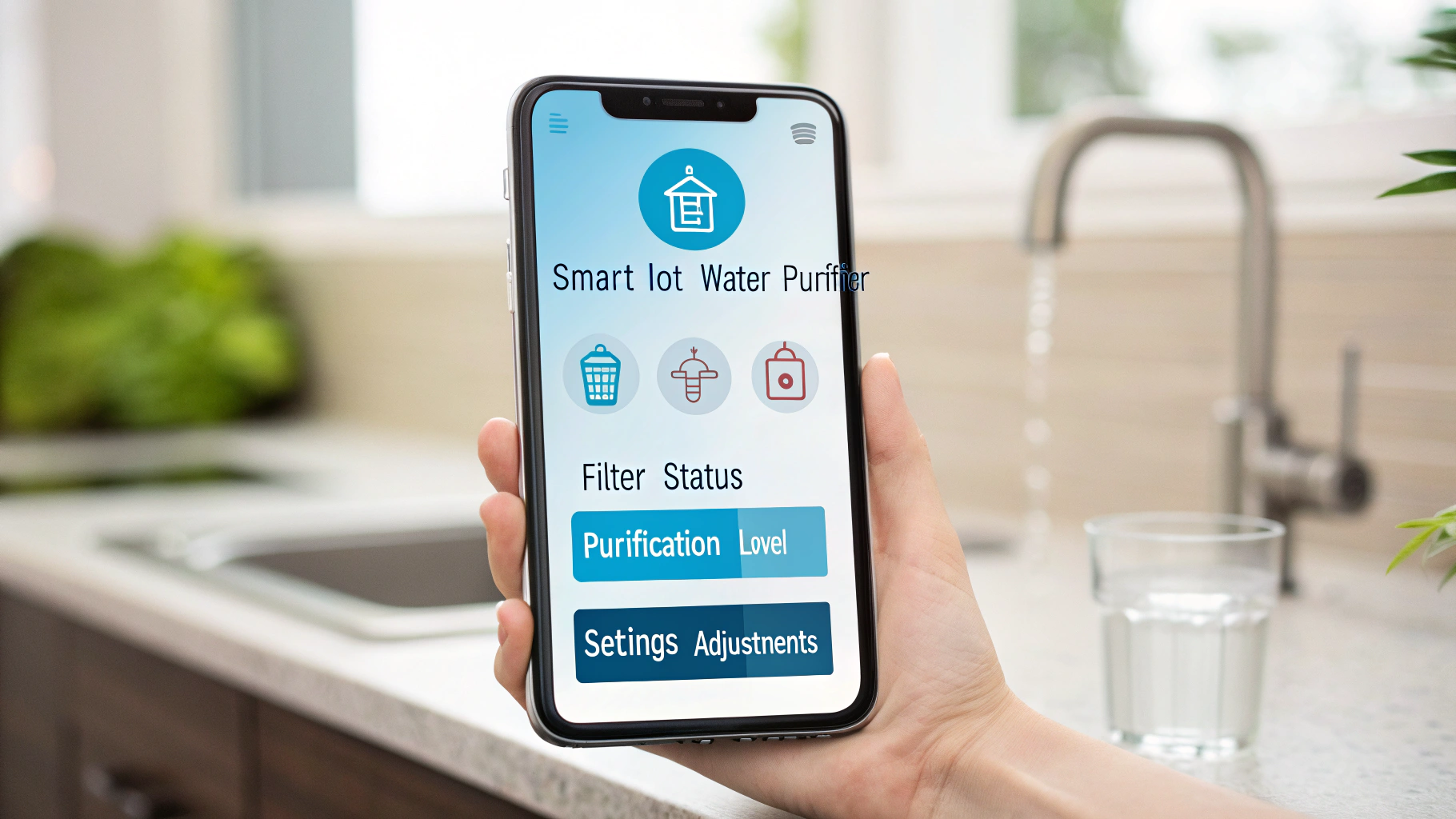
This is the area that excites me the most. At HisoAir, we live and breathe this stuff. The push for IoT is huge. Imagine a purifier that automatically orders its own replacement filter or notifies you of a water quality issue on your phone. This is what we help our B2B partners build. It's about moving from a simple device to an integrated part of the smart home ecosystem. Sustainability is another big one. Consumers are demanding less waste. This means designing filters that last longer and using materials that are easier to recycle. Finally, as living spaces get smaller, especially in urban areas, the demand for powerful but compact purifiers will only grow. The challenge is to pack more performance into a smaller footprint, and that's an engineering puzzle we love to solve.
Emerging Opportunities
-
IoT and Smart Home Connectivity:
- Developing purifiers that can be controlled and monitored via a mobile app.
- Features include filter life tracking, water usage monitoring, and automated filter reordering. This is a core strength for OEM/ODM specialists.
-
Sustainability and Eco-Design:
- Creating purifiers with longer-lasting filter cartridges to reduce plastic waste.
- Using recycled or plant-based plastics in product housing.
- Designing for easy disassembly and recycling at the end of the product's life.
-
Compact and Aesthetic Designs:
- The trend is moving away from bulky, utilitarian units.
- Consumers want sleek, minimalist designs that blend seamlessly into modern kitchen aesthetics.
IoT features are only useful for tech enthusiasts.Ложь
IoT features offer practical benefits for all users, such as automatic filter replacement reminders, which ensure the purifier always operates at peak performance, and remote diagnostics for easier customer support.
All new water purifiers will be smaller.Правда
The general market trend, especially for point-of-use devices in residential settings, is toward more compact and space-saving designs without compromising on filtration performance.
Заключение
Japan's top manufacturers offer incredible technology. For B2B clients needing custom, IoT-ready solutions, a specialist OEM/ODM partner like HisoAir provides the tailored engineering and flexibility you need.
References
-
Exploring advancements in water purification technology can help you understand how to choose the best products. ↩
-
Discovering the principles of Japanese engineering can inform your choices in high-quality products. ↩
-
Understanding hollow fiber membranes can provide insights into their effectiveness in removing impurities. ↩
-
Exploring custom solutions can reveal how tailored products meet specific needs effectively. ↩
-
Quality control is crucial for ensuring the reliability of water purification systems. ↩
-
Learning about activated carbon's role can enhance your knowledge of water filtration methods. ↩
-
Learning about IoT integration can help you understand the future of smart water purification. ↩
-
Understanding the needs of B2B buyers can help you make informed purchasing decisions. ↩
-
Exploring sustainability trends can guide you in selecting eco-friendly water purification solutions. ↩

